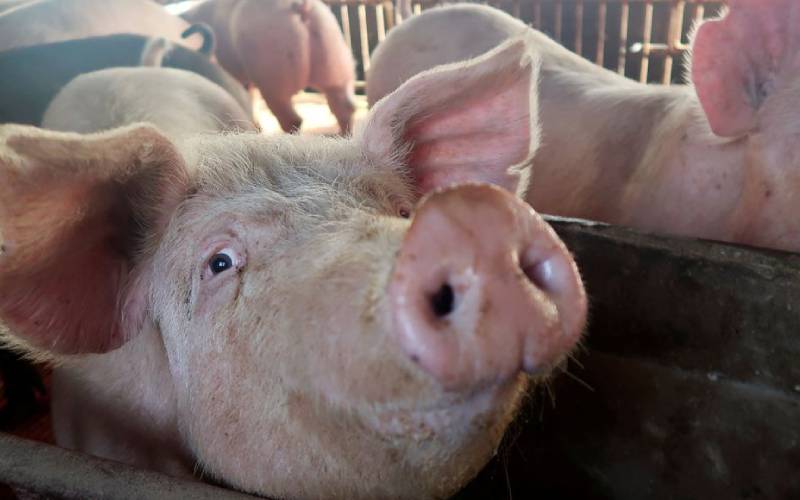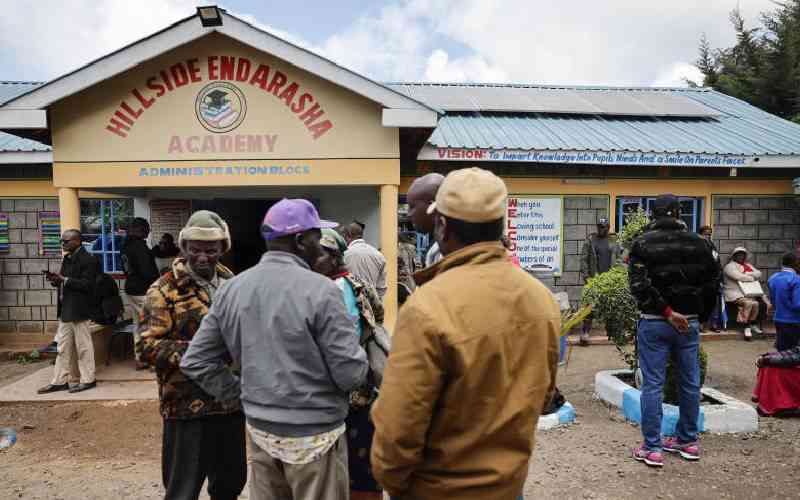
Diseases can be very devastating especially when it infects a large herd of pigs leading to massive losses.
African swine fever (ASF) is a highly contagious bleeding viral disease of domestic and wild pigs, which is responsible for serious economic and production losses.
It is caused by a large DNA virus of the Asfarviridae family, which also infects ticks of the genus Ornithodoros.
How is the transmission and spread of this disease?
The epidemiology of ASF is complex and varies depending on the environment, types of pig production systems, and the presence/absence of competent tick vectors, human behaviour, and the presence/absence of wild pigs.
Routes of transmission can include: direct contact with infected domestic or wild pigs, indirect contact, through ingestion of contaminated material (that is food waste, feed, or garbage), and contaminated fomites, or biological vectors (soft ticks of the genus Ornithodoros) where present.
Is this a Public health risk?
ASF is not a risk to human health.
What are the Clinical signs of this disease?
Clinical signs and mortality rates can vary according to the virulence of the virus and the type/species of pig:
Acute forms of ASF are characterized by high fever, depression, anorexia and loss of appetite, hemorrhages (areas of bleeding) in the skin (redness of skin on ears, abdomen and legs), abortion in pregnant sows, vomiting, diarrhea and death within 6-13 days (or up to 20 days). Mortality rates may be as high as 100%.
Subacute and chronic forms are caused by moderately or low virulent viruses, which produce less intense clinical signs that can be expressed for much longer periods. Mortality rates are lower, but can still range from 30-70%. Chronic disease symptoms include loss of weight, intermittent fever, respiratory signs, chronic skin ulcers and arthritis.
Different types of pig may have varying susceptibility to ASF virus infection. African wild suids may be infected without showing clinical signs allowing them to act as reservoirs.
Stay informed. Subscribe to our newsletter
How can you prevent and control ASF?
Currently there is no approved vaccine for ASF.
Prevention of the disease depends on implementation of appropriate import policies and biosecurity measures, ensuring that neither infected live pigs nor pork products are introduced into areas free of ASF. This includes ensuring proper disposal of waste food from farms, or vehicles coming from affected areas and policing illegal imports of live pigs and pork products from affected countries.
Classic sanitary measures may be employed including early detection and humanely killing affected animals (with proper disposal of carcasses and waste); thorough cleansing and disinfection; zoning and movement controls; surveillance and detailed epidemiological investigation; strict biosecurity measures on farms.
The transmission of ASF seems to depend largely on the wild boar population density and their interaction with low-biosecurity pig production systems.
The good knowledge and management of the wild boar population and a good coordination among the Veterinary Services, wildlife and forestry authorities are required to successfully prevent and control ASF.
Depending on the epidemiological situation, the involvement of the soft tick vector should also be considered in the control program.
 The Standard Group Plc is a
multi-media organization with investments in media platforms spanning newspaper
print operations, television, radio broadcasting, digital and online services. The
Standard Group is recognized as a leading multi-media house in Kenya with a key
influence in matters of national and international interest.
The Standard Group Plc is a
multi-media organization with investments in media platforms spanning newspaper
print operations, television, radio broadcasting, digital and online services. The
Standard Group is recognized as a leading multi-media house in Kenya with a key
influence in matters of national and international interest.
 The Standard Group Plc is a
multi-media organization with investments in media platforms spanning newspaper
print operations, television, radio broadcasting, digital and online services. The
Standard Group is recognized as a leading multi-media house in Kenya with a key
influence in matters of national and international interest.
The Standard Group Plc is a
multi-media organization with investments in media platforms spanning newspaper
print operations, television, radio broadcasting, digital and online services. The
Standard Group is recognized as a leading multi-media house in Kenya with a key
influence in matters of national and international interest.





